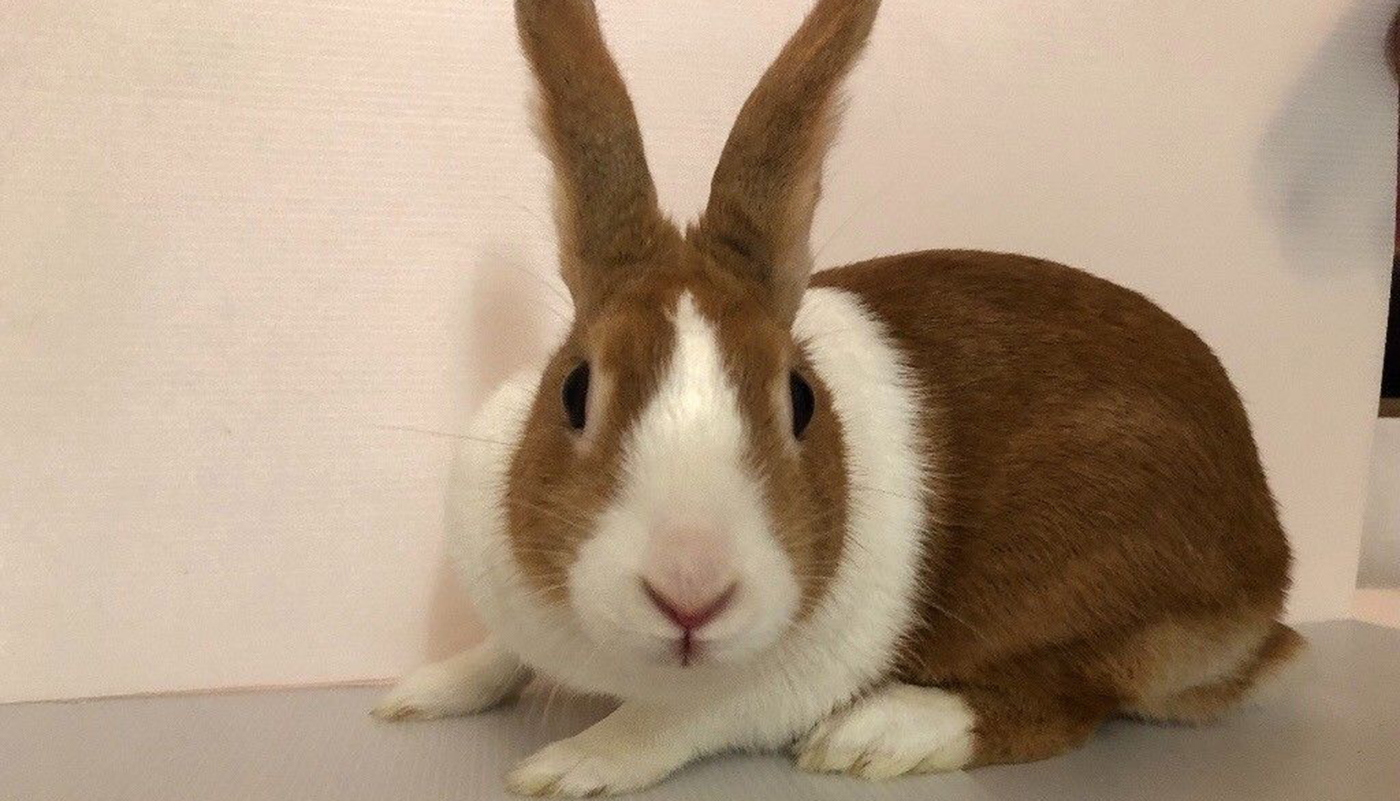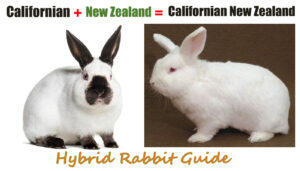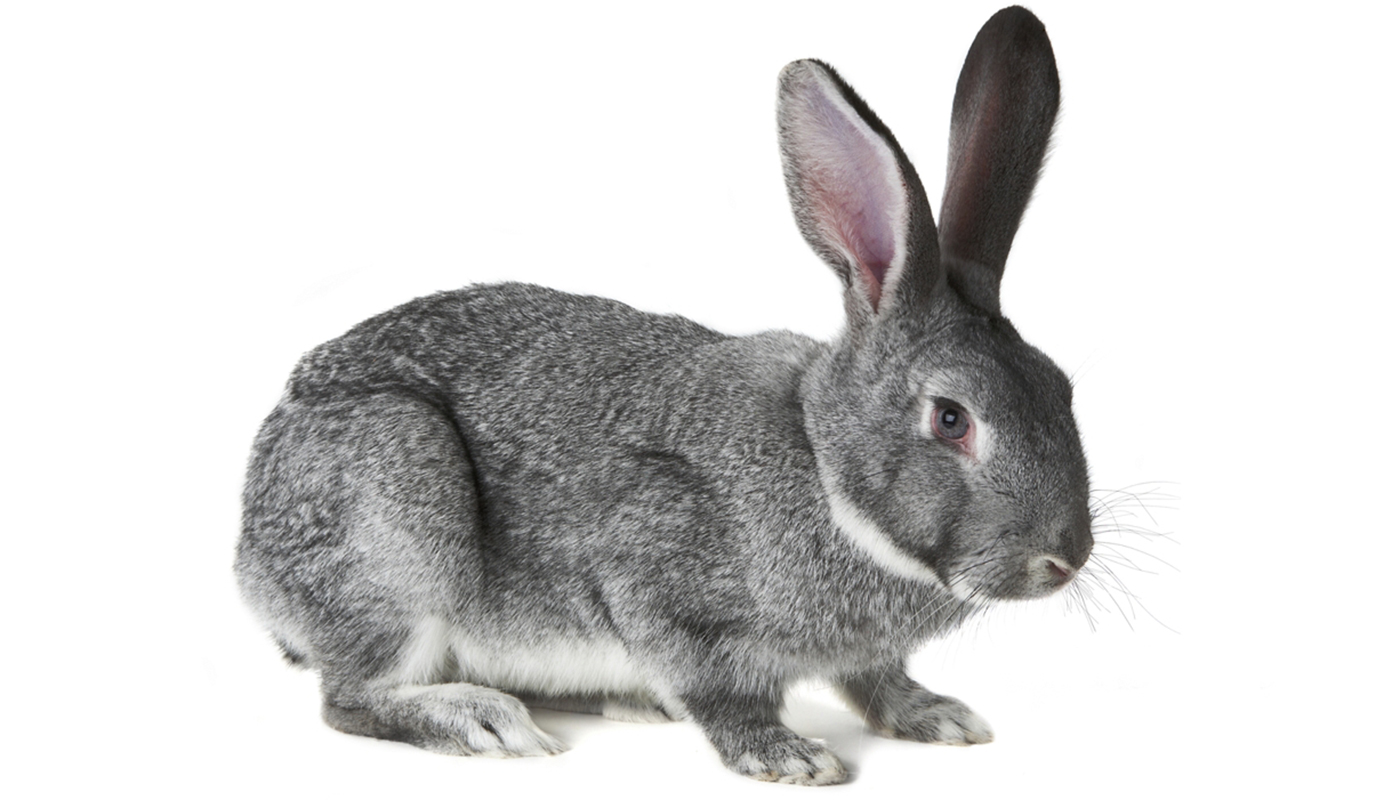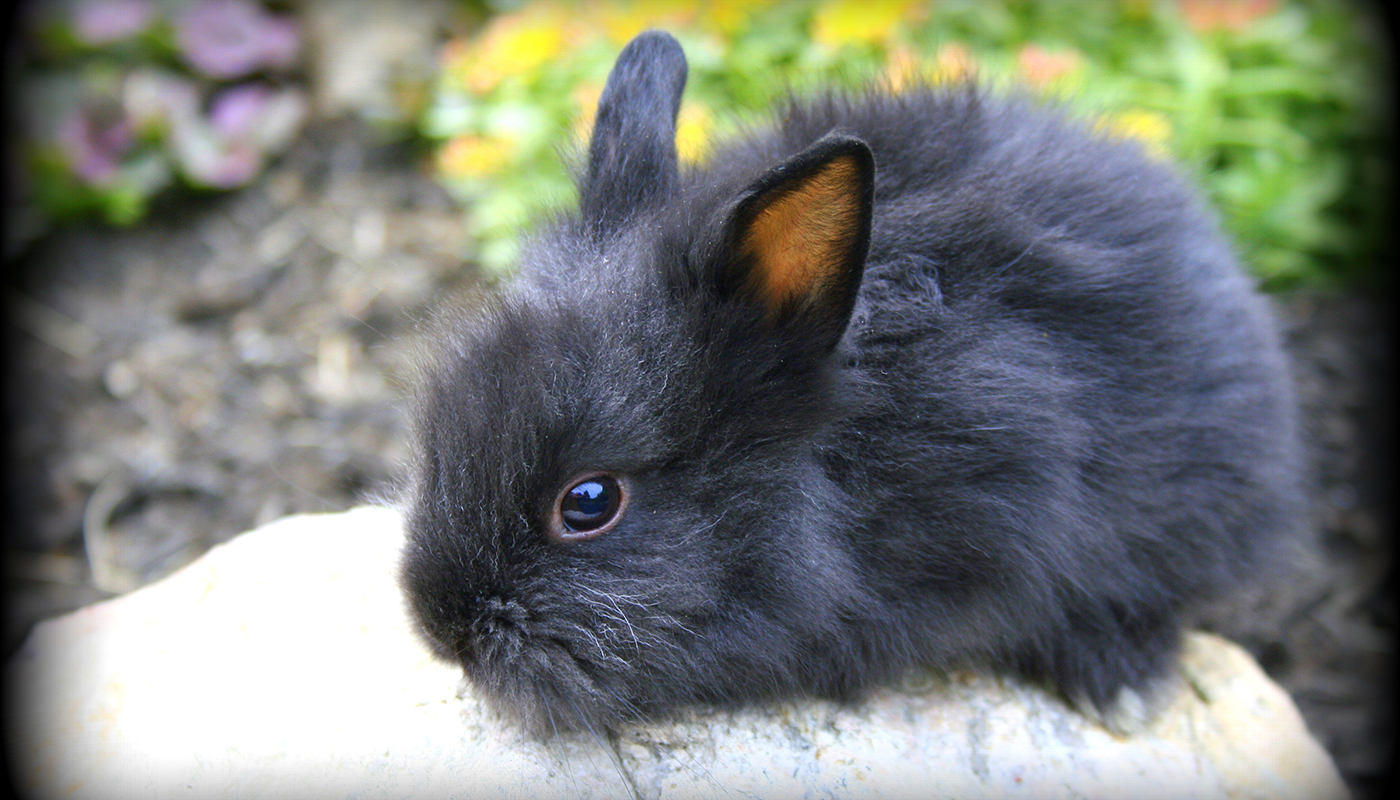
The Florida White rabbit breed is the perfect white rabbit with its pure white coat and red eyes. In fact, if you were going to pull a rabbit out of a hat it would probably be a Florida White rabbit breed.
Not only do they have a good size body they are also a very docile, calm and friendly breed making them the perfect pet for families with children.
BREED PROFILE OVERVIEW
|
|
|---|---|
| Breed Name: | Florida White |
| Other Names: | None |
| Country of Origin: | United States of America |
| Breed Purpose: | Meat, fur, exhibition and, pets |
| Breed Size: | Medium |
| Breed Weight: |
Female/Doe: 5 lbs. Male/Buck: 5 lbs. |
| Breed Color(s): | White |
| Physical Appearance: |
The Florida White is truly an excellent rabbit for exhibition purposes as they have almost the perfect body shape, firm flesh, small bones, and a small wedge-shaped head.
They have a short, soft coat that does not need any special grooming. |
| Temperament: | They are friendly, even-tempered and active |
BREED CHARACTERISTICS
- They have a decent sized litter and the females make very good mothers. Most rabbits have good maternal instincts and some breeds can be a bit testy and protective when they have young. They can also be uncharacteristically moody during mating season.
- Their young open their eyes around 7 to 14 days with an average of 10 days after birth. When their eyes have opened, they can start to be introduced to food such as alfa pellets and water.
- Even when the young start to eat it does not mean they are quite ready to be weaned from their mothers. The mothers will know when it is time to wean her young. It is important for the baby rabbit’s health, growth, immune system and development of a proper digestive system that they do not be removed from their mother for at least 8 weeks. They usually require her milk for a minimum of 8 weeks after birth.
- Their average lifespan is 5 to 8 years although there have been some breeds that have lived to 10 years with the proper care.
| Good Pets? | They make good pets for families with children, elderly, novices and singles. |
| Child Friendly? | Children should be supervised around animals and properly taught how to look after them and handle them. Rabbits can bite and scratch |
| Ideal Climate: | All climates – rabbits should never be left outside without proper shelter and housing that must be raised off the ground and predator safe. |
| Conservation Status: | Not Listed by the *ALC Status/Rarity: They are not listed by the American Livestock Conservancy |
| Recognized by the ARBA? | Yes, the Florida White rabbit breed is a breed that is recognized by the American Rabbit Breeders Association and is one of the top show rabbits. |
| Rabbit Associations/Clubs: | Florida White Rabbit Breeders Association |
| Where to buy them? | The Florida White Rabbit Breeders Association is the best place to get an updated list of local Florida White Rabbit Breeders. The USA Rabbit Breeders Directory is a useful resource to find breeders, clubs, and information about the breed. |
| Note: *ALC stands for American Livestock Conservancy | |
GENERAL INFORMATION
For a slicker more glossy or shiny pelt, it is advisable to groom them every two to three weeks. During the molting season, it is advisable to groom rabbits every week to remove stray hairs.
Rabbits can be quite lively and energetic and need quite a bit of exercise and stimulation. It is a good idea to have a nice safe and secure run for them to play in and stretch their legs.
Toys, tubes and various obstacle courses for them is a good way to help them expend some of their energy and they are really fun to watch at play.
They are also sociable animals that do like to have a friend or two to play with.
Regular health and critter check once a week or every second week should become a habit. This will help to keep your rabbit(s) in excellent condition and health. Grooming does not require a lot if their coats are low maintenance. But it is a good idea to give them a nice gentle brushing to help remove any excess hairs regardless of the length of their coats.
It is also a good idea to check on the state of their teeth to ensure that they are not too long and causing the rabbit any discomfort.
Rabbits teeth never stop growing and getting fresh hay on a regular basis helps to control the growth of their teeth.
Rabbits need a good diet of quality pellets that are filled with their daily nutritional requirements. They do love dandelions, cabbage and various fruits as a nice tasty treat.
Rabbits that have quite a short coat are not really at risk for most of the digestive problems long fur seem to cause rabbits. They can still get other ailments such as flystrike, ear mites or overgrown teeth. These can all be controlled/maintained or avoided altogether with the proper health and grooming care of the rabbit(s).
If you have two rabbits and do not want to breed them it is possible to spay female rabbits and neuter male rabbits.
The females can be spayed as young as four months old, but vets prefer to wait until they are at least six months old before doing so.
The young males can be neutered as young as found months old.
Rabbits, just like any other pet, should be dewormed on a regular basis. Check with your local vet for proper guidance on the administering of worm medication to your animals.
HISTORY
The American Rabbit Breeders Association accepted the Florida White Rabbit breed in 1967.
The originator of the Florida White Rabbit breed was, in fact, a judge for the American Rabbit Breeders Association at the time of developing the Florida White.
The Florida White was developed through progressive selective breeding of the offspring of a few crosses of breeds such as the albino American Dutch, White Polish, and a small New Zealand rabbit breed.
The Florida White rabbit breed was initially developed to produce a rabbit breed that was smaller and could be used for laboratory use. They were also developed to produce a decent sized fryer for the smaller families of today as they have small bones and tend to have very little waste.
They are also an excellent exhibition animal and the Florida White Rabbit Breeders Association was chartered in 1972.
Video
USEFUL LINKS
- American Rabbit Breeders Association
- Fur Commission USA
- North American Meat Institute
- American Livestock Conservancy
- Animal Shelter (ASPCA)
- American Veterinary Medical Association
- American Animal Welfare Society
- American Animal Control
- American Society of Animal Science
- United States Department of Agriculture
- United States Department of Agriculture – Rabbit Meat
 Discover the Fascinating Lion Dwarf Hybrid Rabbit: Lionhead x Netherland Dwarf Mix
Discover the Fascinating Lion Dwarf Hybrid Rabbit: Lionhead x Netherland Dwarf Mix English Lop Rabbit – Everything You Need to Know
English Lop Rabbit – Everything You Need to Know 18 Rabbit Breeds to Keep as Pets
18 Rabbit Breeds to Keep as Pets Naming Your Bunny – How to Name your Rabbit – Rabbit Names
Naming Your Bunny – How to Name your Rabbit – Rabbit Names Dutch Angora Rabbit: The Perfect Blend of Charm and Fluff
Dutch Angora Rabbit: The Perfect Blend of Charm and Fluff Californian x New Zealand: The Ultimate Hybrid Rabbit Guide
Californian x New Zealand: The Ultimate Hybrid Rabbit Guide Thrianta Rabbit – Everything You Need to Know
Thrianta Rabbit – Everything You Need to Know American Sable Rabbit – Everything You Need to Know
American Sable Rabbit – Everything You Need to Know Discover the Wooly Angora: A Fluffy Hybrid Rabbit with Irresistible Charm
Discover the Wooly Angora: A Fluffy Hybrid Rabbit with Irresistible Charm American Chinchilla Rabbit – Everything You Need to Know
American Chinchilla Rabbit – Everything You Need to Know Lionhead Rabbit – Everything You Need to Know
Lionhead Rabbit – Everything You Need to Know Argente Brun Rabbit – Everything You Need to Know
Argente Brun Rabbit – Everything You Need to Know